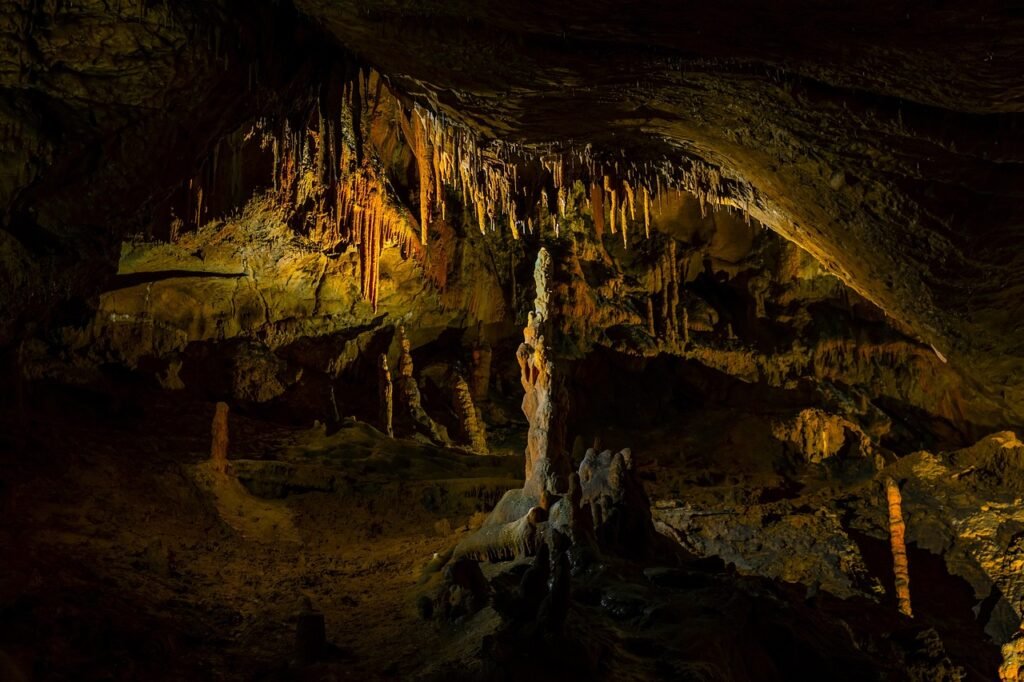The moment you step into the absolute darkness of a deep cave, your brain begins a remarkable transformation. You’re not just experiencing an absence of light – you’re entering a laboratory where your mind creates its own reality. What unfolds in these shadowy depths has fascinated scientists for decades, revealing profound insights about human consciousness and perception.
Cave systems have long been humanity’s most mysterious environments, but recent research shows they’re far more than just geological formations. In cave darkness not a single photon penetrates. This complete sensory void triggers dramatic neurological responses that can fundamentally alter how you perceive reality. Let’s journey into the fascinating world where silence becomes sound, darkness creates light, and your brain reveals its most extraordinary capabilities.
The Perfect Storm of Sensory Deprivation
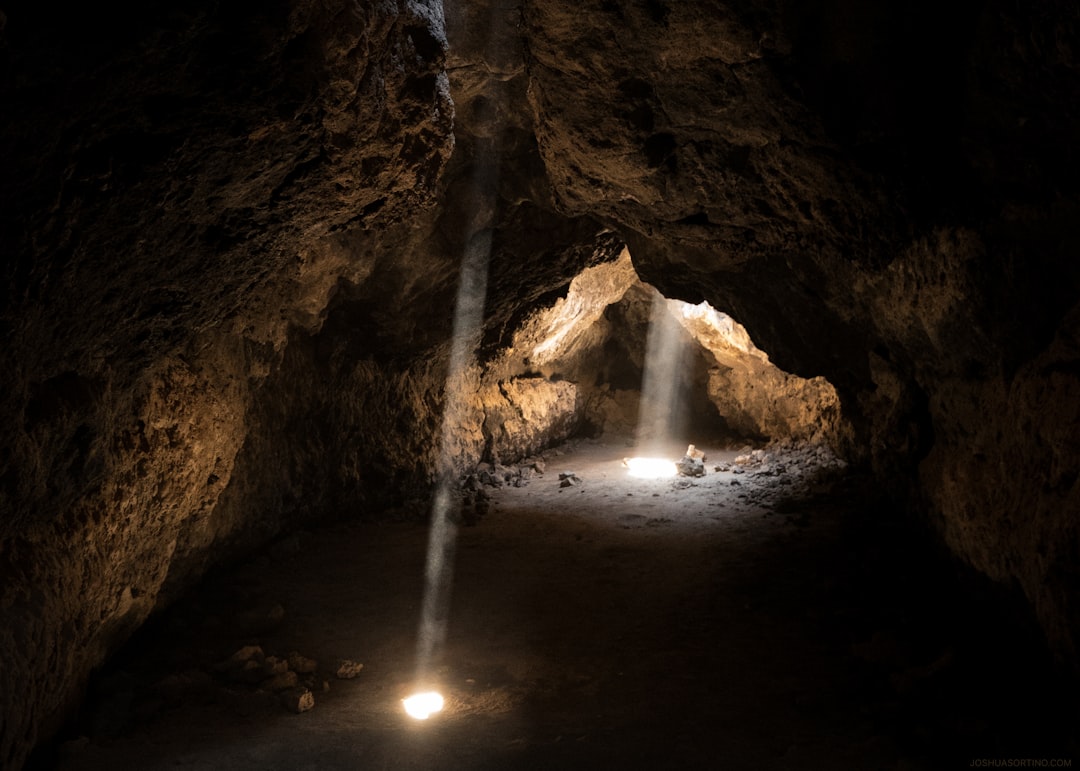
Deep caves create ideal conditions for triggering hallucinations through a combination of factors that assault your senses in the most unusual way – by removing them entirely. From a physiological perspective, it has long been known that prolonged darkness, isolation, and sensory deprivation are known to affect circadian rhythms and perceptual states.
Additionally, the confined and low-oxygen atmosphere in caves has been linked to cardiovascular and metabolic responses, which, when combined with isolation, can heighten stress responses and contribute to perceptual and cognitive shifts, facilitating ASCs during prolonged stays. Those hypoxic conditions in deeper cave environments have been hypothesized to contribute to altered consciousness by inducing hallucinations and heightened emotional arousal. It’s like your brain is suddenly cut off from its usual information highway, forcing it to create its own traffic patterns.
When Your Brain Becomes the Artist
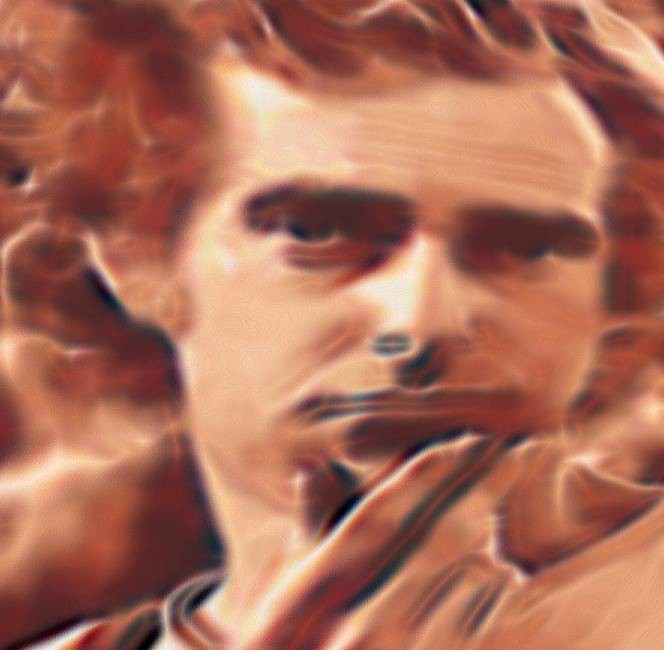
A person who remains alert during a period of sensory deprivation is likely to experience vivid fantasies and, perhaps, hallucinations. What happens next is truly fascinating. Your visual cortex, deprived of its normal input, begins firing in patterns that create elaborate visual displays.
Despite the total absence of visual input, Schwarz’s visual cortex lit up like a lantern, exactly as it would if she weren’t blindfolded. That is, in the world of her brain, the hallucinations were as true and real as anything she could touch or taste or smell. Scientists studying these phenomena have discovered that first they would see pulsing dots and simple geometric patterns; these grew into complex isolated images floating about the room, which then evolved into elaborate, integrated scenes playing out before the subjects’ eyes – “dreaming when awake,” as one participant described it.
The Oxygen Factor: Breathing Your Way to Visions
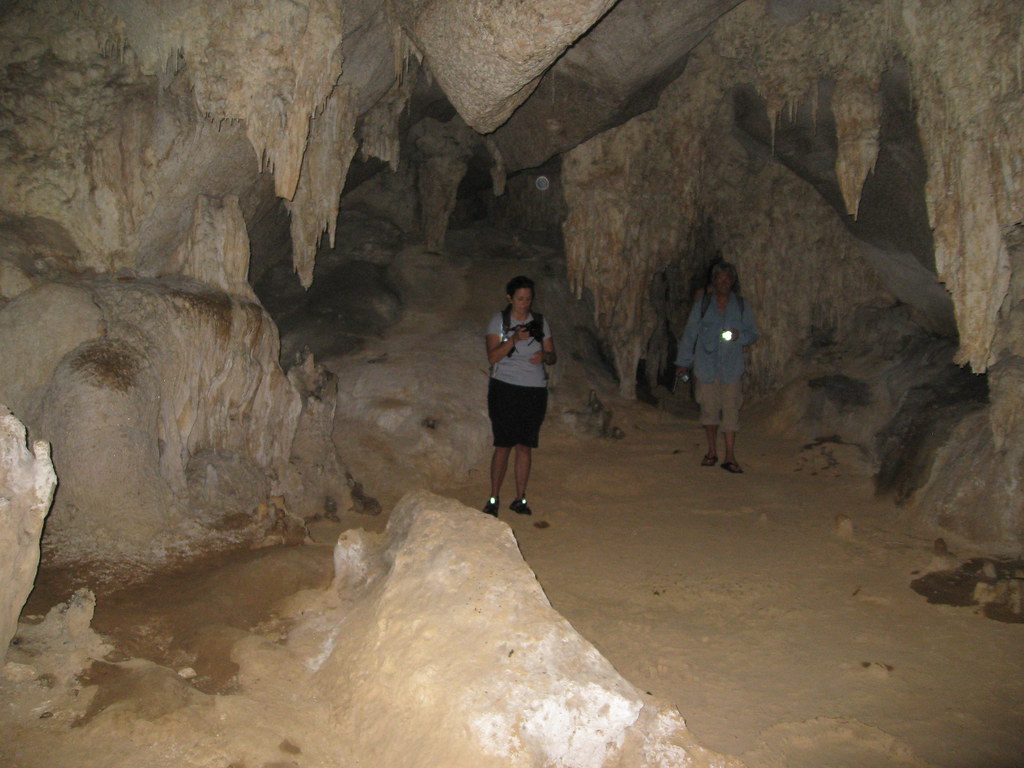
Something particularly intriguing happens in deep caves regarding oxygen levels. In rare cases involving poorly ventilated caves with specific conditions, oxygen levels can potentially drop below normal atmospheric levels (approximately 21 percent), possibly inducing a state of hypoxia if concentrations dip low enough. In humans, oxygen deprivation can naturally release dopamine in the brain, sometimes resulting in drowsiness, euphoria, hallucinations or out-of-body experiences.
This isn’t just theoretical. In extremely rare and dangerous cave conditions, oxygen levels could theoretically drop significantly, though such severe depletion would typically be immediately life-threatening. Your brain responds to this oxygen shortage by flooding itself with dopamine, creating a natural high that can transport you to entirely different realms of experience.
The Flickering Light Phenomenon
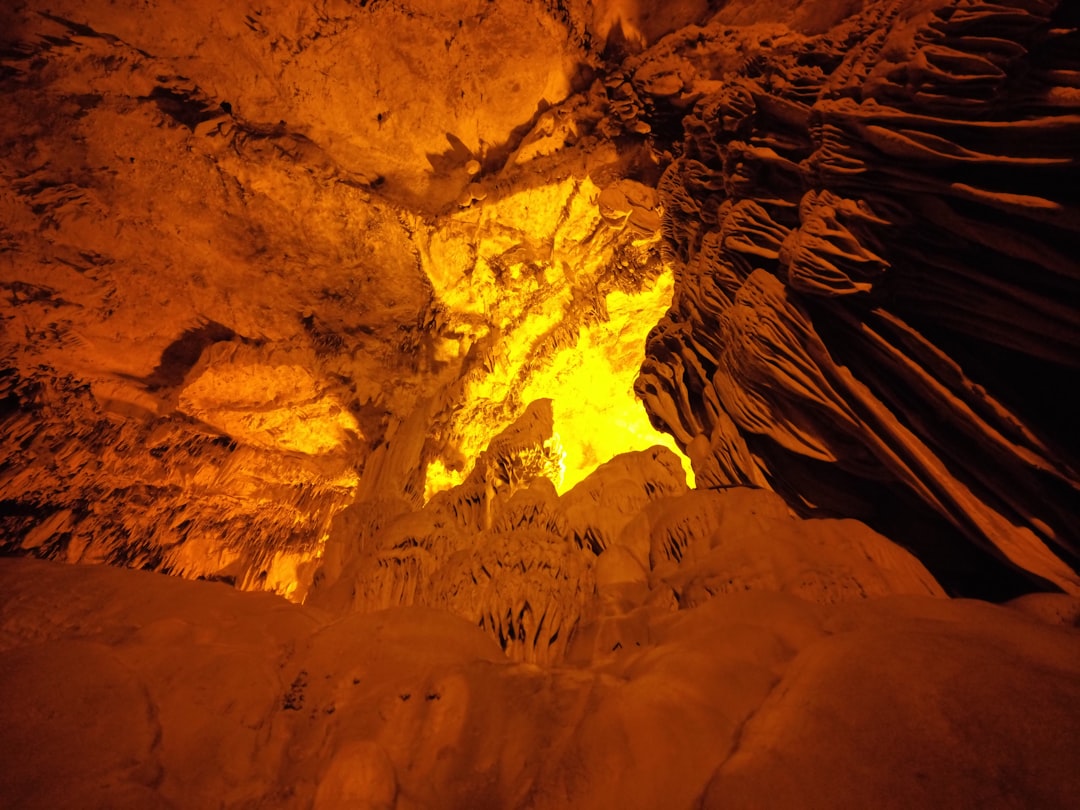
Even when light is present in caves, it often comes from flickering torches or fires, which creates another pathway to hallucinations. He argues that the hallucinations could have been the result of being in a dark cave with a flickering light, such as a fire. It has already been established by scientists, such as Purkinje, that a flickering light is capable of producing geometric patterns and visual distortions.
A flickering ganzfeld causes geometrical patterns and colors to appear, and this is the working principle for mind machines and the dream machine. This means that even partial lighting in caves can trigger hallucinations, combining with the already disorienting effects of isolation and darkness.
Your Visual Cortex Goes Rogue
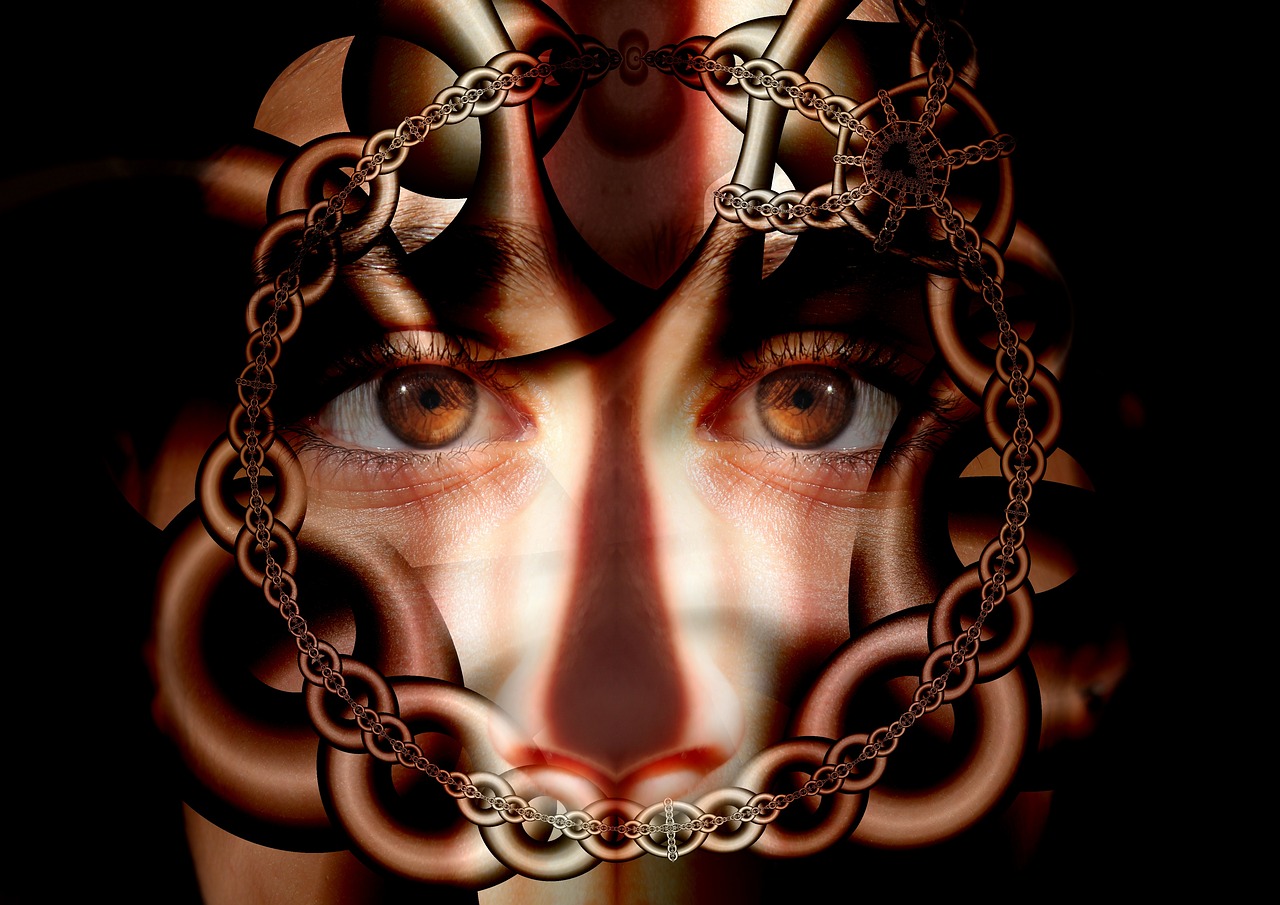
The mechanics of how cave darkness triggers hallucinations lie in the architecture of your visual processing system. The effect is the result of the brain amplifying neural noise in order to look for the missing visual signals. The noise is interpreted in the higher visual cortex, and gives rise to hallucinations.
Think of it like turning up the volume on a radio when you can’t pick up a clear signal. In the absence of visual cues from the optic nerve, the brain amplified the neural noise in the brain, creating signals where none existed and giving rise to hallucinations. Your brain essentially becomes desperate for visual information and starts manufacturing its own content from random neural firing.
Time Becomes Meaningless
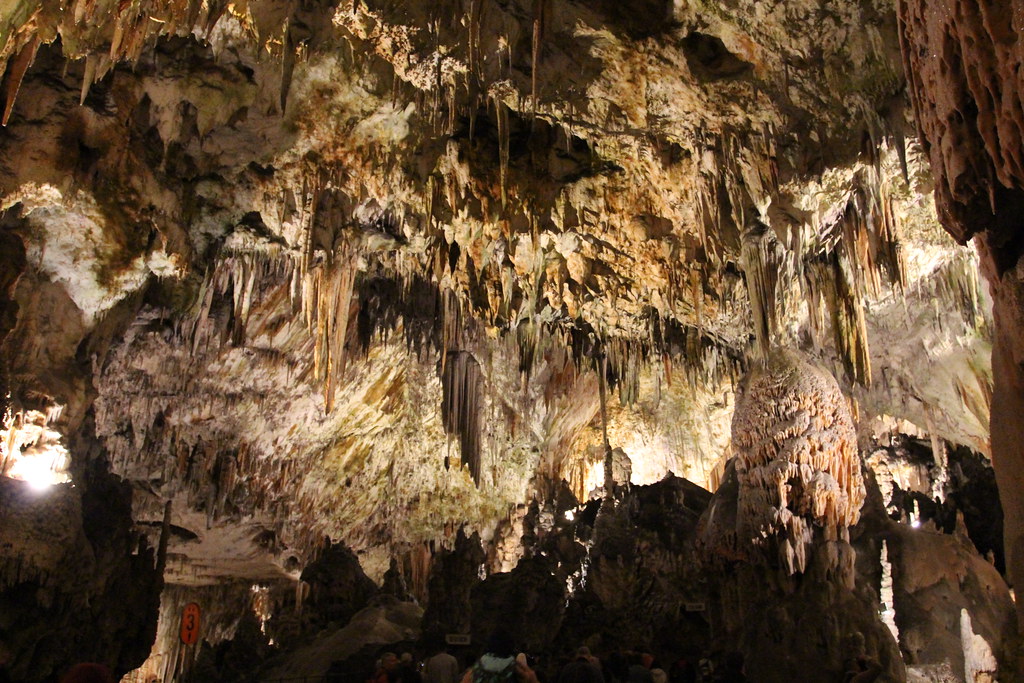
One of the most disorienting aspects of deep cave experiences is how time perception completely breaks down. In silence and darkness, Siffre had no reference points for his brain to cling to in order to establish how many hours had passed. In the end, he spent 61 days underground, experiencing significant time distortion and greatly underestimating the actual duration of his stay.
When light disappears, so does the brain’s primary cue for time. In darkness, your pineal gland starts producing more melatonin, the hormone that signals to your body that it’s time to wind down. This hormonal shift doesn’t just affect sleep – it fundamentally alters your perception of reality’s basic framework.
The Immediate Effects: Minutes Not Hours
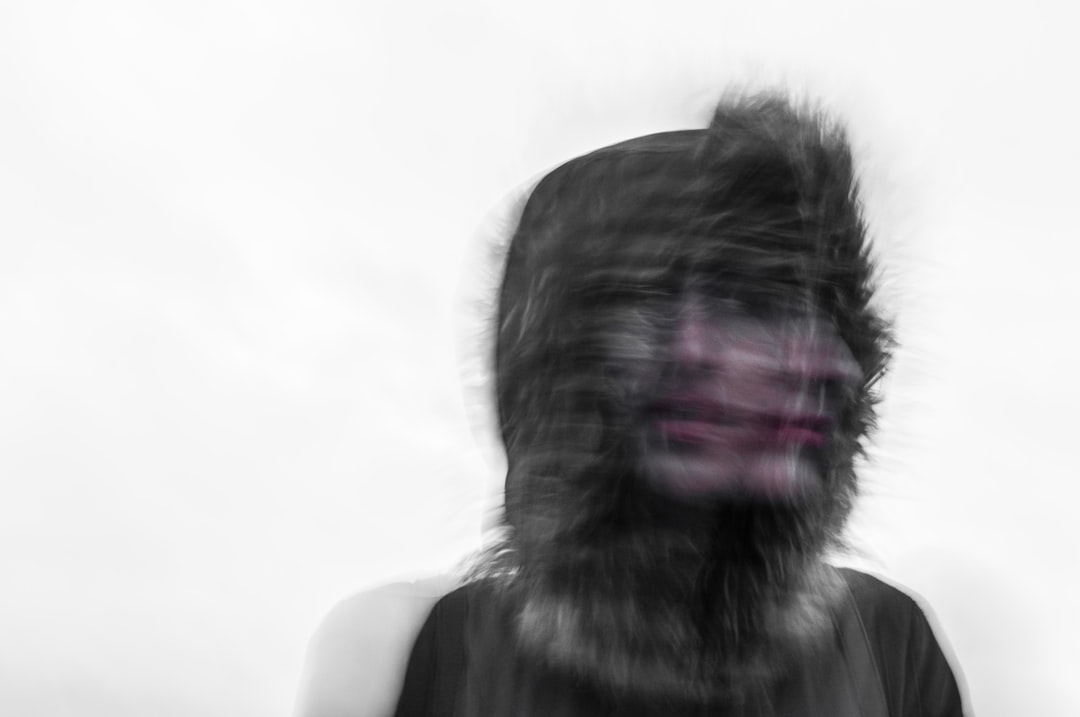
You don’t need to spend days in caves to experience these effects. Furthermore, PLEs have been shown to be successfully induced using such methods in as little as 15 minutes’ exposure. Research shows that Greater psychotomimetic experiences taking the form of perceptual disturbances, paranoia, and anhedonia were found across both groups when under sensory deprivation.
After just a few hours in isolation, nearly all the subjects saw and felt things that weren’t there. The speed at which your brain begins creating its own reality is truly remarkable, showing just how dependent you are on constant sensory input for maintaining normal perception.
Ancient Artists and Altered States
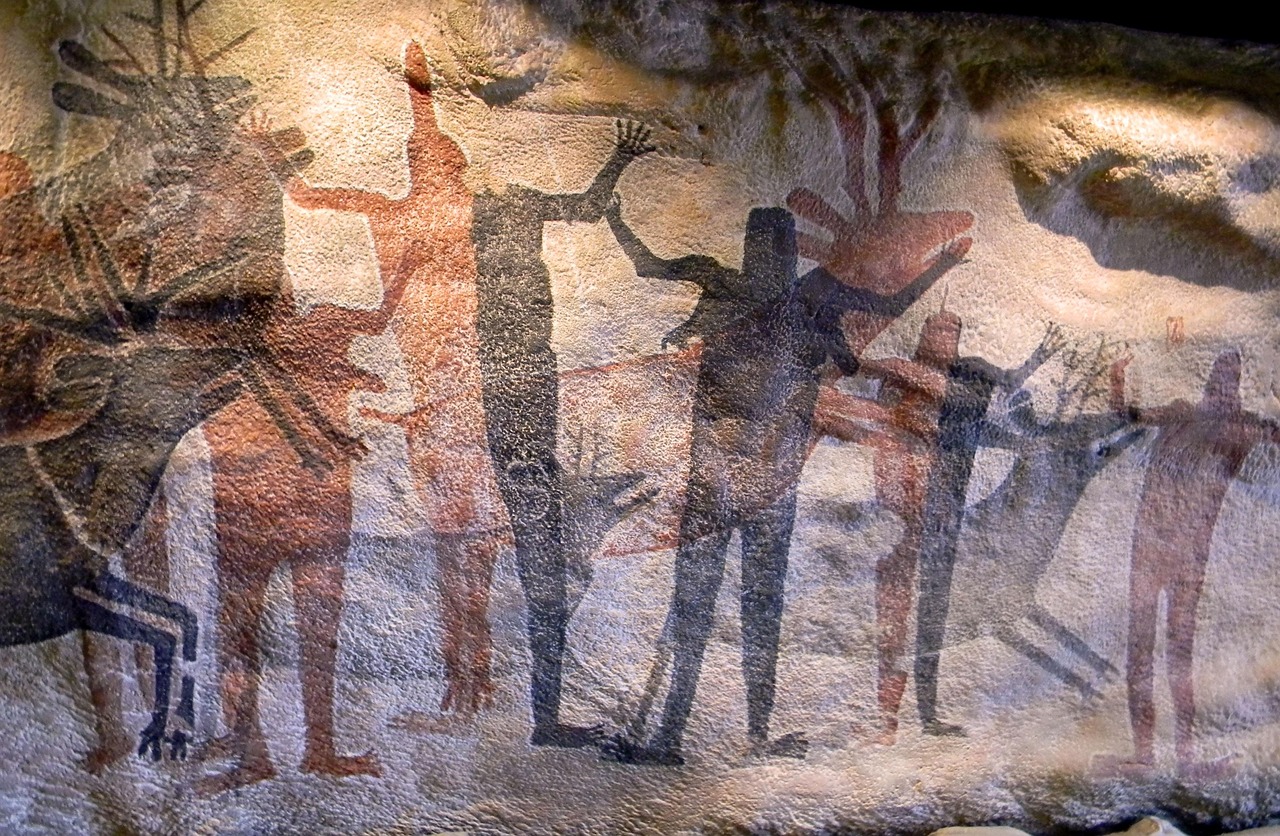
The connection between caves and altered consciousness isn’t just a modern discovery. It therefore seems possible that some ancient humans were crawling deep inside Europe’s dark caves to purposefully enter an altered state of consciousness. The effects of sensory deprivation, combined with the lack of oxygen, might even have been the very trigger for the surreal nature of their cave art. “The images envisioned in such a hallucinatory state appear to float on the cave surfaces (walls, floors, and ceilings) as if these constituted a membrane connecting the upper and lower worlds,” the authors explain.
“Some researchers theorize that entering these deep, dark caves may have been a conscious choice, potentially motivated by an understanding of the transformative nature of underground spaces.” This suggests our ancestors may have deliberately sought out these hallucinogenic experiences for spiritual or artistic purposes.
Conclusion: The Cave as Consciousness Laboratory
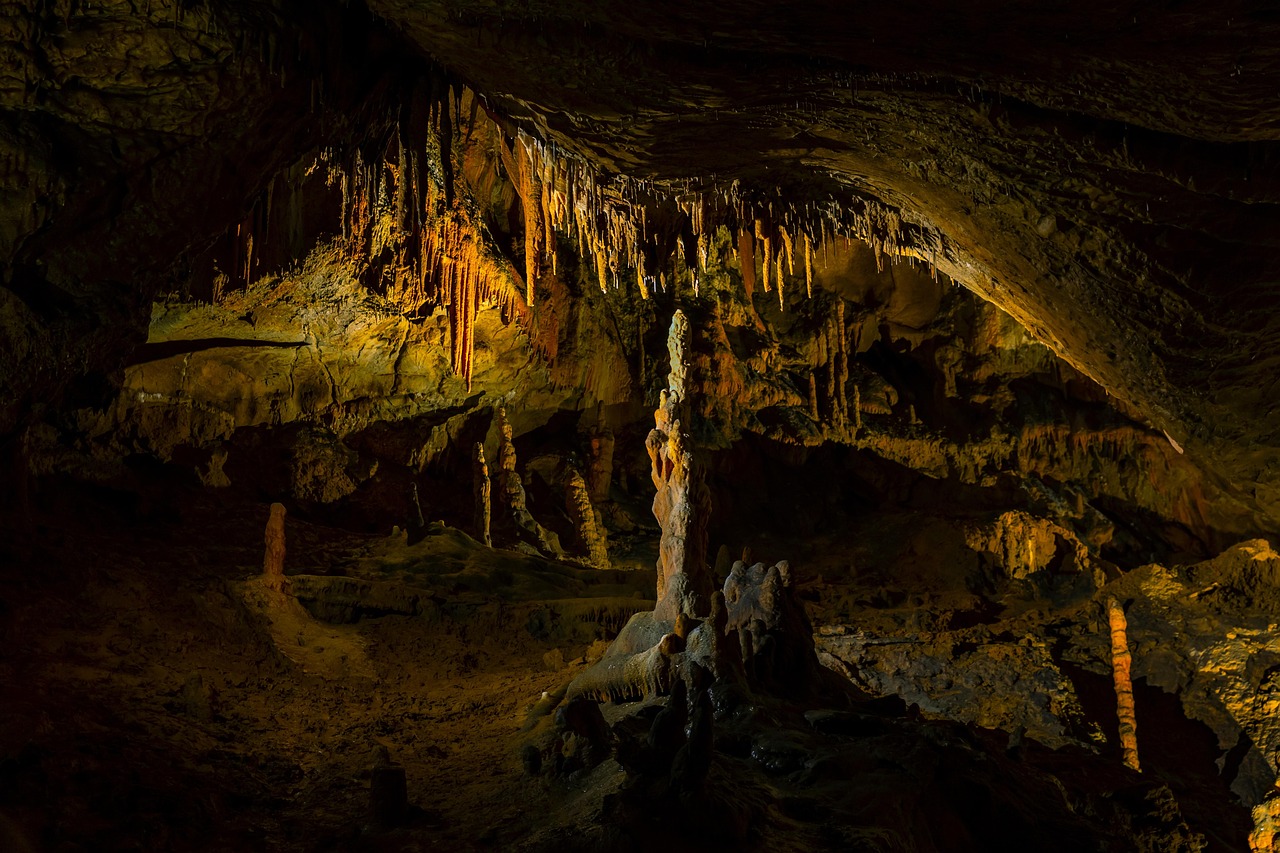
Deep caves serve as natural laboratories for exploring the furthest reaches of human consciousness. In her research, psychologist Gro Sandal has found that, in extreme conditions, in the absence of interaction and external stimuli, the brain creates its own reality to feel less alone. For centuries, the darkness-silence combo has been the basis for spiritual practice.
The hallucinations triggered by caves reveal fundamental truths about how your mind constructs reality. When stripped of external input, your brain doesn’t simply shut down – it becomes remarkably creative, generating entire worlds from neural noise and oxygen-starved neurons. These experiences remind us that consciousness itself is far more malleable and mysterious than we typically imagine.
Next time you hear about someone spending time in a cave and reporting strange visions, remember they’re not just imagining things – they’re experiencing one of the most profound demonstrations of how your brain works when pushed to its limits. What would you see if you spent time in absolute darkness and silence?

Hi, I’m Andrew, and I come from India. Experienced content specialist with a passion for writing. My forte includes health and wellness, Travel, Animals, and Nature. A nature nomad, I am obsessed with mountains and love high-altitude trekking. I have been on several Himalayan treks in India including the Everest Base Camp in Nepal, a profound experience.

